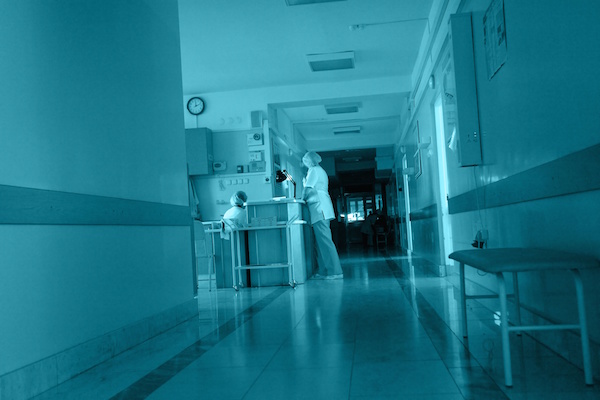
TUESDAY, June 1 (HealthDay News) — New research is offering more insight into the value of closely monitoring patients who appear to have low-risk forms of prostate cancer instead of immediately treating them.
There’s been a debate in recent years over whether doctors are treating prostate cancer when they don’t need to. In some cases, doctors use “watchful waiting” to monitor patients to see if signs of prostate cancer worsen.
In one preliminary study, researchers in Canada studied 453 men with lower-risk prostate cancer and determined how many would have been offered treatment instead of monitoring based on such commonly used “triggers” as measurements of prostate-specific antigen (PSA). The rates ranged from 42 percent to 84 percent.
In another study, researchers from San Francisco analyzed the safety and value of monitoring in a group of 477 men, most of whom had been diagnosed with low-risk disease at about 62 years of age.
The findings are scheduled to be presented Tuesday at the American Urological Association annual meeting in San Francisco.
“Overdetection should not be used synonymously with overtreatment when it comes to prostate cancer,” Dr. J. Brantley Thrasher, of the University of Kansas Medical Center, who will moderate the discussion of the findings, said in a news release from the association. “These two studies alone show just how valuable active surveillance protocols can be when disease is managed well, and treatment is recommended appropriately.”
More information
For more on prostate cancer, visit the U.S. National Library of Medicine.

